Shoulder Replacement Surgery (Arthroplasty)
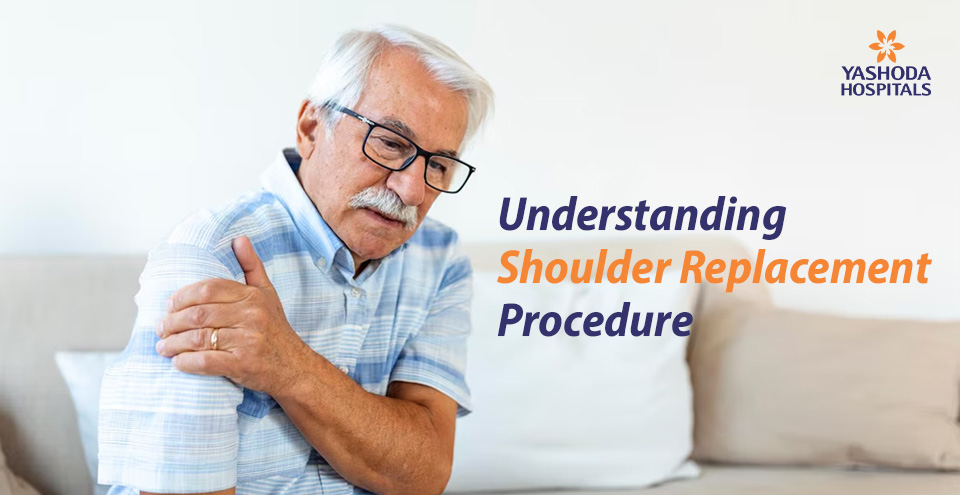
At a Glance:
What is shoulder replacement surgery or shoulder arthroplasty?
What are the conditions that require shoulder replacement surgery?
What symptoms do persons requiring shoulder replacement have?
What can be expected before, during and after shoulder replacement surgery?
Recovery and rehabilitation after shoulder replacement surgery (Arthroplasty)
What is the cost of shoulder replacement surgery?
Where can one get the best quality arthroscopic shoulder replacement surgery in Hyderabad?
What is shoulder replacement surgery or shoulder arthroplasty?
Shoulder replacement surgery or shoulder arthroplasty is a surgical technique to replace the damaged ends of the bones of the shoulder joint that are causing pain and discomfort as well as restricting motion of the shoulder joint. In shoulder replacement surgery, these worn out surfaces of the shoulder joint are surgically removed and replaced with artificial material called prosthesis, thereby creating new joint surfaces. In this surgical technique, depending on the medical need, either just the head of the humerus bone (ball) is replaced or both the ball as well as socket (glenoid bone) are replaced.
What are the conditions that require shoulder replacement surgery?
There are several conditions that cause pain, disability and restriction of motion of the shoulder joint and thus necessitate shoulder replacement surgery. Some of these conditions are:
- Osteoarthritis: Age-related wear and tear of the cartilage shoulder joint
- Rheumatoid arthritis: A disease in which the joint lining (synovium) becomes thick and inflamed leading to joint damage and pain.
- Fractures: Shoulder joint can be damaged due to major fractures of humerus or glenoid leading to wear and tear.
- Rotator cuff tears: Untreated large tears of muscles around the shoulder joint leading to an imbalance of joint and ends up in damaged cartilage.
- Avascular necrosis (cellular death due to lack of blood supply to the bones) of shoulder joint causes deformed and painful joint.
What are the types of shoulder replacement surgery – total shoulder replacement & reverse shoulder replacement?
There are three types of shoulder replacement surgeries:
- Total shoulder replacement: This is the most common type of shoulder replacement surgery. The ball part of the arm bone (humerus) is replaced with a prosthesis which has a rounded metal head and a stem which fits into the arm bone. The socket (Glenoid) is replaced with a new plastic surface.
- Partial shoulder replacement: Only the ball part of the arm bone gets replaced with the prosthesis.
- Reverse shoulder replacement: This type of surgery is done when an individual has a torn rotator cuff or when a previously done shoulder replacement surgery fails. In this technique, the ball part of the artificial joint prosthesis is installed onto the shoulder blade and the socket onto the top of the arm.
What symptoms do persons requiring shoulder replacement have?
People who undergo shoulder replacement surgery usually report some of the following symptoms:
- Loss of motion and weakness in the affected shoulder
- Interference in day to day activities due to severe pain in the shoulder
- Persistent pain during a period of rest or sleep
- Pain persists or shows only little improvement even after taking medications, injections, or physical therapy
What can be expected before, during and after shoulder replacement surgery?
Before the surgery, laboratory tests and imaging tests may be advised for assessing fitness to undergo surgery. The imaging tests may be:
- X-rays to determine the condition of the shoulder joint
- A CT scan or Magnetic Resonance Imaging (MRI) to assess the quality of bone surrounding soft structures like the muscles and tendons.
- Sometimes an EMG test (Nerve Conduction test) may be required, to assess the nerve supply to the shoulder muscle.
Shoulder replacement surgery is usually done under general or regional anaesthesia and the surgical procedure may take up to two to three hours.
During the surgery, the orthopaedic surgeon would replace the ball-shaped head of the damaged humerus bone with a metal ball. The procedure also involves placement of a plastic cushioning surface on the glenoid which is the “socket” within which the head of the humerus fits. A partial shoulder replacement may sometimes be performed where only the ball of the joint is replaced. A dressing will be applied as a temporary covering after the procedure.

Since shoulder replacement surgery is a major operation, a person may experience pain after the procedure. Medications for pain management are administered right after the procedure.
After surgery, the patient may stay in the hospital for 1 to 2 days. Upon discharge, the person’s arm may be kept in a sling which is to be retained for 2-4 weeks.
Recovery and rehabilitation after shoulder replacement surgery (Arthroplasty)
Rehabilitation for shoulder arthroplasty begins almost right away by making the person up and moving.
There may be a restriction of the arm function for about 4 weeks after the surgery. During this period, a person may be advised to avoid lifting objects heavier than 1 kg and also avoid pushing and pulling activities.
Usually, gentle daily living activities can be resumed within two to six weeks. However, a person may take six months or more to return to a routine lifestyle involving vigorous activities.
Recovery and rehabilitation after shoulder arthroplasty are largely dependent on the adherence to physical exercise schedule prescribed by the physiotherapist as it helps in muscle strengthening.
What is the shoulder replacement surgery cost?
The cost of shoulder replacement surgery depends on many factors like:
- Location of the hospital and expertise available.
- Any associated complications and the duration of the surgical procedure
- Underlying medical condition
- Length of stay in the hospital and consumables, investigations and medications required.
- Material and cost of prosthesis used
Where can one get the best quality shoulder replacement surgery in Hyderabad?
The Centre for Orthopaedics at Yashoda hospital is a center of excellence offering an integrated and comprehensive orthopedic care for patients not only from local areas of Hyderabad but also those coming from across the length and breadth of the country and the globe. The center is renowned for scientific, evidence-based and latest methodologies adopted in shoulder replacement surgery. The orthopedic surgery and rehabilitation team is led by internationally acclaimed best orthopedic surgeons, trained nursing staff, medical & rehabilitative specialists and occupational and physiotherapists. The orthopedic center also houses a state-of-the-art physiotherapy department to provide post-surgery rehabilitative support.
References:
- Mayo Clinic. Reverse shoulder replacement. Available at https://www.mayoclinic.org/diseases-conditions/rotator-cuff-injury/multimedia/img-20128285. Accessed on 06th March 2019.
- OrthoInfo. Shoulder Joint Replacement. Available at https://orthoinfo.aaos.org/en/treatment/shoulder-joint-replacement/. Accessed on 06th March 2019.
- Hospital for special surgery.Shoulder Replacement Surgery: Diagnosis, Treatment, and Recovery. Available at https://www.hss.edu/conditions_Shoulder-Replacement-Surgery-Diagnosis-Treatment-Recovery.asp. Accessed on 06th March 2019.
About Author –
Dr. G Veda Prakash, Consultant Orthopedic & Trauma Surgeon, Yashoda Hospitals – Hyderabad
MS (Ortho), DNB (Ortho), MRCS (Ed), FRCS (Tr & Ortho)




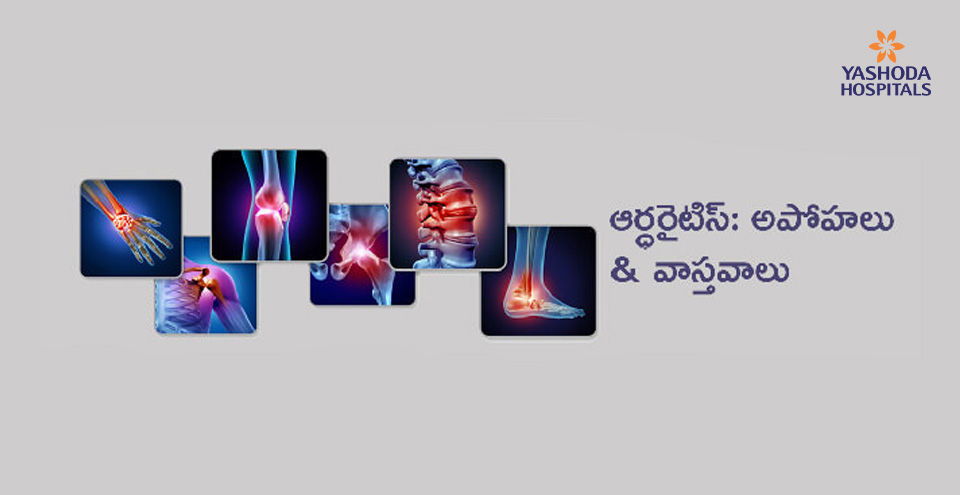

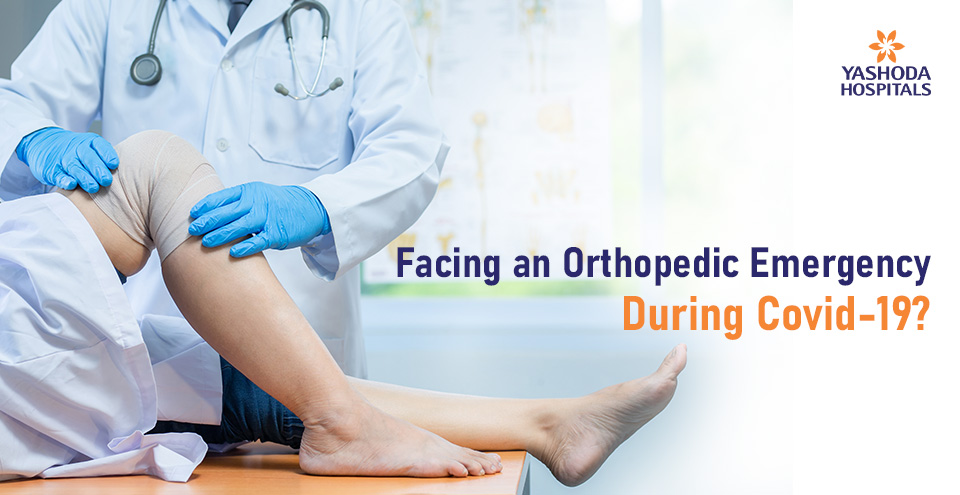

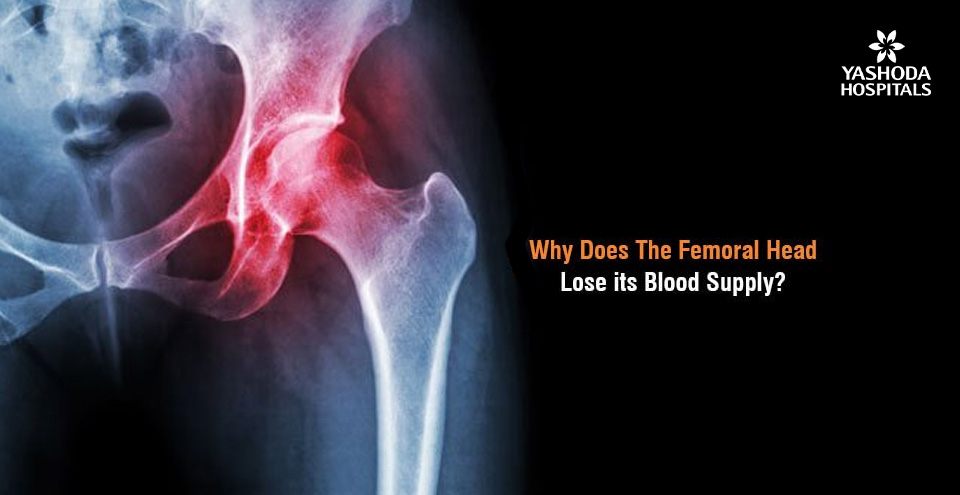

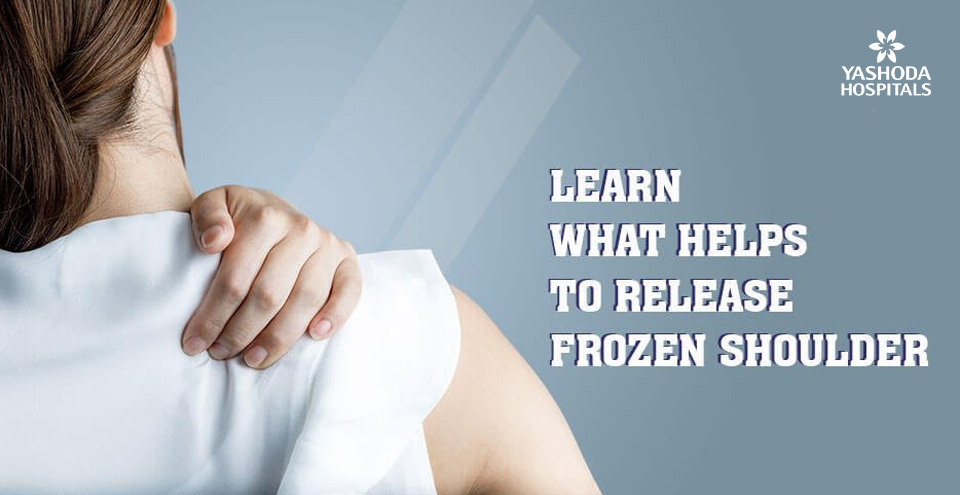
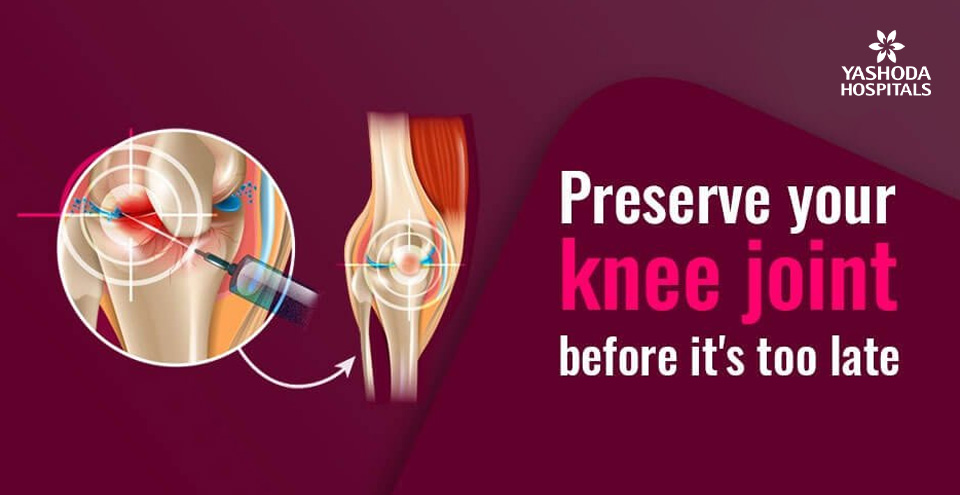
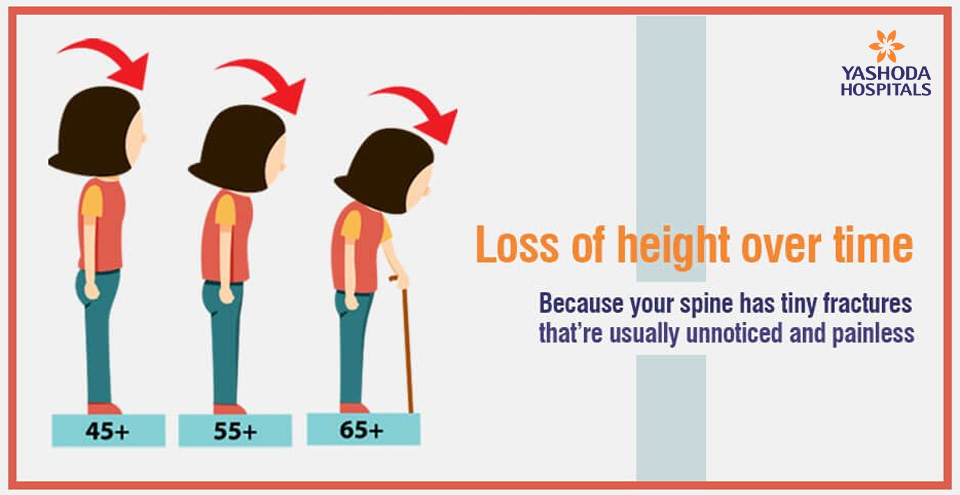
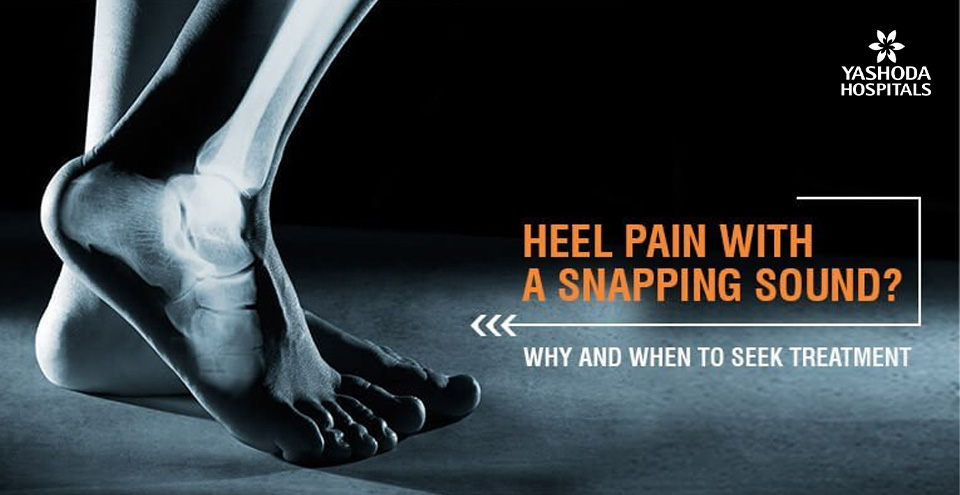

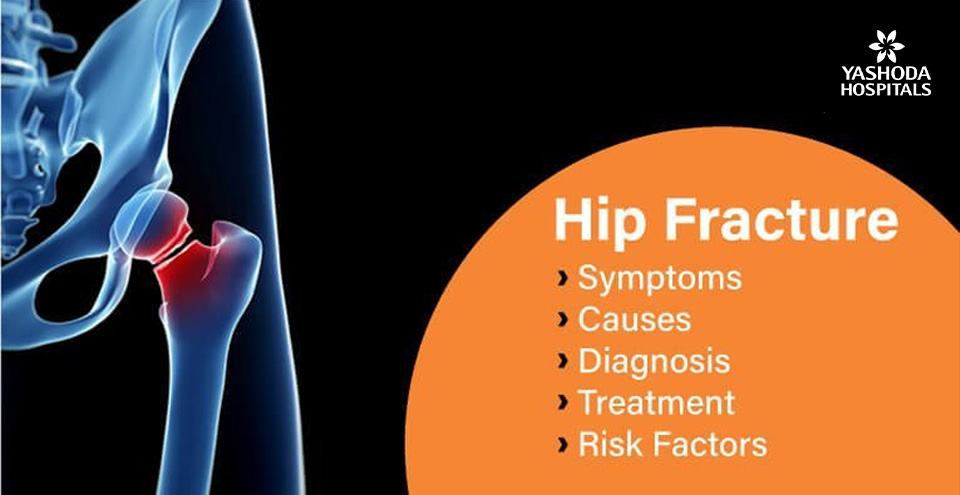





 Appointment
Appointment WhatsApp
WhatsApp Call
Call More
More